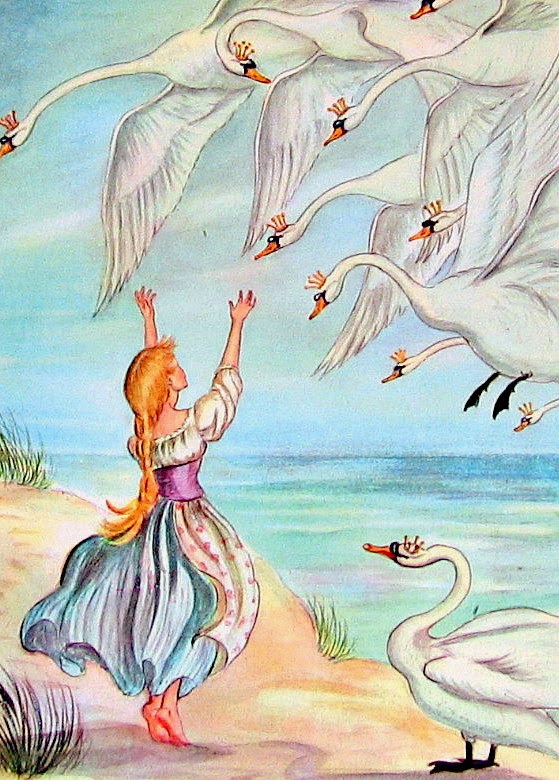Genuine Music
A beautiful memory from 2013

Every man is given a precious and unique heart that is created expressly for the glory of God. When this heart is open, the Holy Spirit becomes active and alive within, causing the light of Christ to shine forth. What a wonderful thing it is to see this radiance in the eyes of those around you. It is like a breath of fresh air, a reprieve from the troubles of this world.
My heart leapt as I took my first steps in the village of Port Graham. Before me, snow-laden spruces and evergreens soared into the misty sky, while white-capped mountains peaked over them with stately grandeur. The powdery ground glistened in the failing light of evening, causing the whole village to fall into peaceful silence. With open arms and the touching words, “Welcome home!” the villagers greeted ten weary travelers to this breathtaking world. With awe I greeted this new land before me, how far removed it was from the hubbub of everyday life. God’s creation truly rejoiced in this place, as was evident on the faces of those who welcomed us.
Our small group of travelers was sent to Port Graham to learn the warmth of an open heart. How often the world suffocates and shrink-wraps our hearts, shutting God out and hiding our souls in small cocoons. Each human being suffers from this malady in some way, and spends considerable time chipping away at the outer shell. How much I must give of myself before I can even splinter the iceberg. From the first day I arrived in Port Graham, I wondered at the hospitality and generosity of the villagers. We were supplied with more than we could ever want for our week stay. A beautiful house, warm food, and the gift of the loving hands who prepared everything for us. Through our host’s generosity, their hearts were wide open, ready to receive the light of Christ.
I was given the opportunity to open my heart through sharing my love for music. With a timid voice I began to sing the familiar hymns each morning at liturgy, and to harmonize in the endearing starring melodies that we sang from house to house. Through the many days I spend attending music school in San Francisco, my heart becomes hardened by the coldness of city life. What a different world cities are compared to the quietness of village life in Alaska. Though cities may be exciting for a time, the bright lights, billboards, public transit, and general public moral wears on your body and soul, oftentimes closing off any warmth in your heart. A protective wall is put up, many layers thick, to guard against too much stimulation and unpleasantness. When I arrived at Port Graham, my heart was still walled in against any intrusion, and my actions were very selfish.
Starring is a tradition handed down to the Natives from the people of Ukraine. Just like Christmas caroling, starring shares the grace of Nativity in each house and church. A group of singers follow the brightly decorated Christmas star from house to house, singing carols and hymns of the birth of Jesus. Each family lays the table with delectable treats and homemade goodies. In order to make the Joy of Christmas shine in each home, you must give of yourself through singing. As we visited the village homes, starring with singing and instruments, it was as if a new layer of my shell was peeled off right before my eyes. The more I gave of myself, trying to make our pieces as beautiful and genuine as could be, the more layers were peeled away. The more hospitality I received, the warmer my heart became, and my voice sang out with new confidence.
In music school, I train specifically as a violinist, learning how to shape musical phrases, play sensitively with others, and perform under great pressure. Through individual lessons and classes, my professors strive to cultivate musicality in the hearts of their students, encouraging them to play melodies straight from the soul. Letting your voice come out from under a cocoon can be rather challenging. Even with all the years of training and hours practicing, I still struggle with letting my heart speak through my instrument, letting true feelings and stories be portrayed in my playing. Right before my eyes, this onion was being peeled away rapidly as we sang and played for the people of Port Graham.
What thousands of dollars could not buy, the people of Port Graham were allowing to surface. Each morning we attended Liturgy in the village church dedicated to St. Herman, and afterwards gathered together for a meal. At a few of these repasts, Father Paisius asked if I could play a few short violin pieces for everyone gathered. Usually, when asked to play at school, I censor the feeling I would truly like to put into my playing and instead connect with my audience using fancy technique or captivating pieces. Here in Port Graham, playing perfect violin concertos and achieving a music diploma had no relevance. What mattered was being genuine and true in the Lord. Letting my true voice speak.
With a short prayer on my lips, I raise my violin to my chin, and gently began to glide the bow across the strings. The sound resonated on the tall ceiling, bouncing back to my ears in a pleasant manner. My left hand’s fingers fell with ease as my right hand wove through phrases with the bow. Being a perfectionist, I usually refuse to play for an audience without first warming my fingers up with a scale or short exercise. There was no time for these obligatory warm-ups, no time to get my feelings sorted, but it didn’t matter. I felt God with me, as if His angels were playing along with me, pulling my bow for me.
Until this time, I hadn’t heard such music resound from my violin. It was as if my heart was opened, and rejoiced with the sound of poetry. The love and openness of those around me helped my stingy heart to give up a large layer of its facade and to speak from within. These things cannot happen on a one-way avenue, but when two or more are gathered in the Lord’s Name. Christ was in our midst.
Returning to San Francisco to resume studies for the Spring Semester, I have tried to maintain some of this grace. As momentary as it may seem, true music can be a gift to any man who has ears to hear. I strive to share this Light of Christ with as many people as possible, giving of myself for the Glory of God.















































